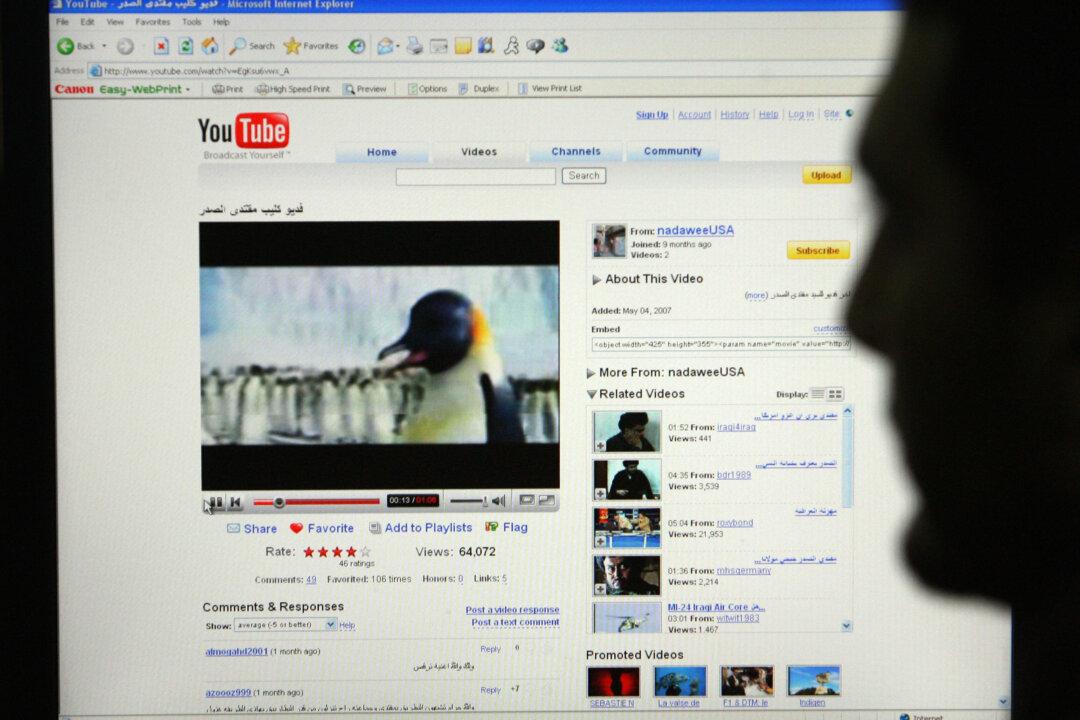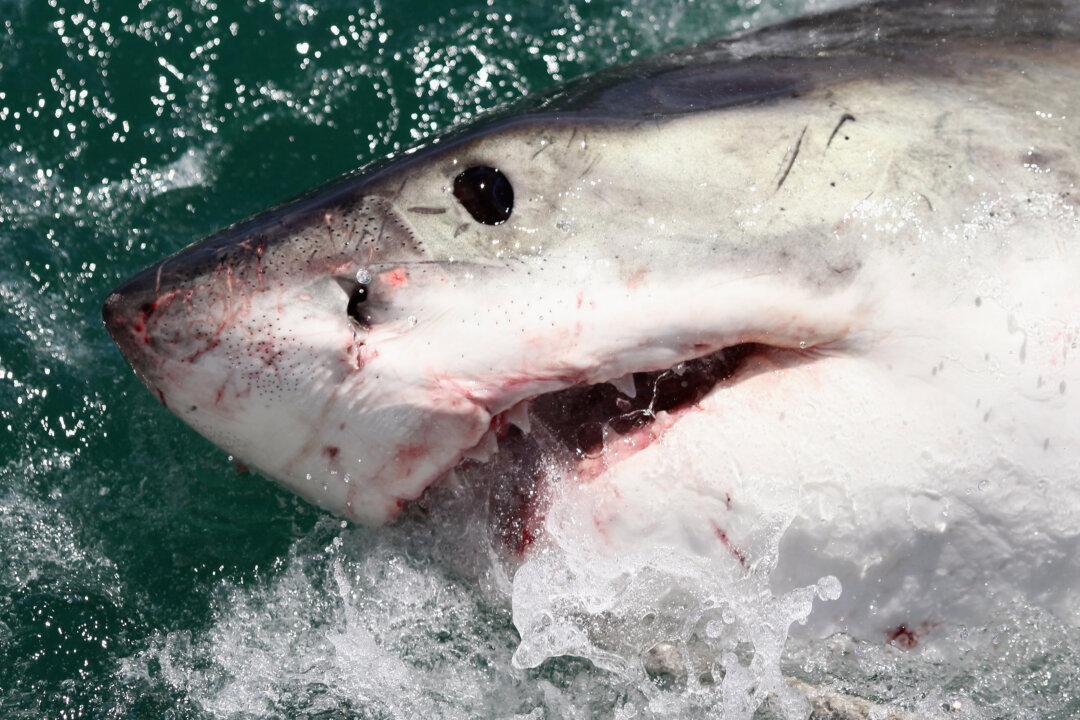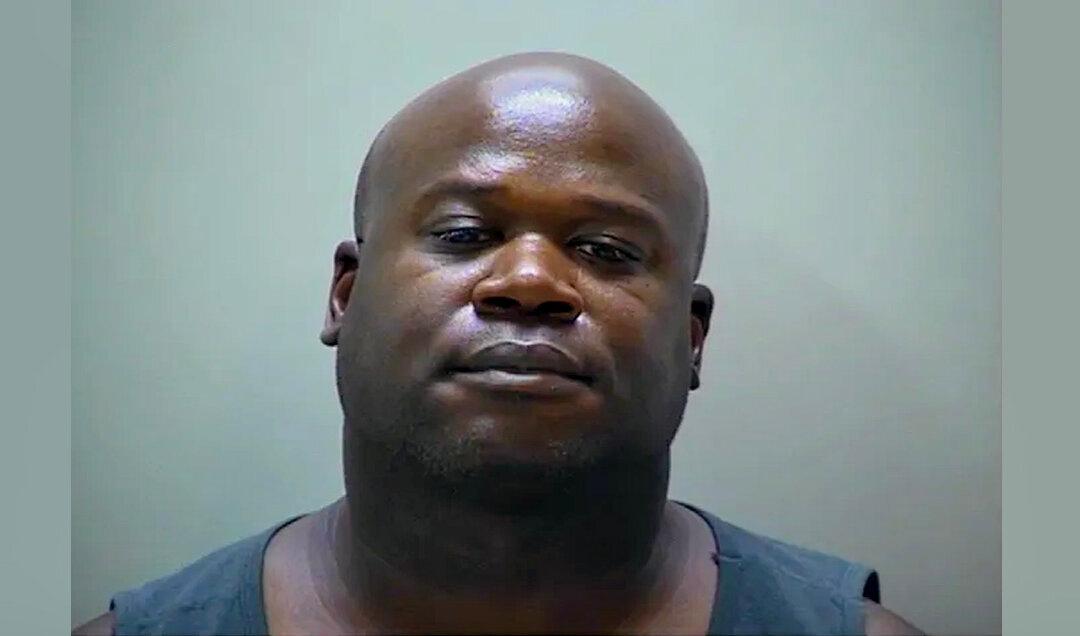YouTube says it’s banning young children from live streaming content on its social media network without an adult present, according to a blog post on June 3.
“Channels not in compliance with this policy may lose their ability to live stream,” the company said in the public statement. “While the content itself does not violate our policies, we recognize the minors could be at risk of online or offline exploitation ... we strongly believe this is an important step to keeping young people safe on YouTube.”





